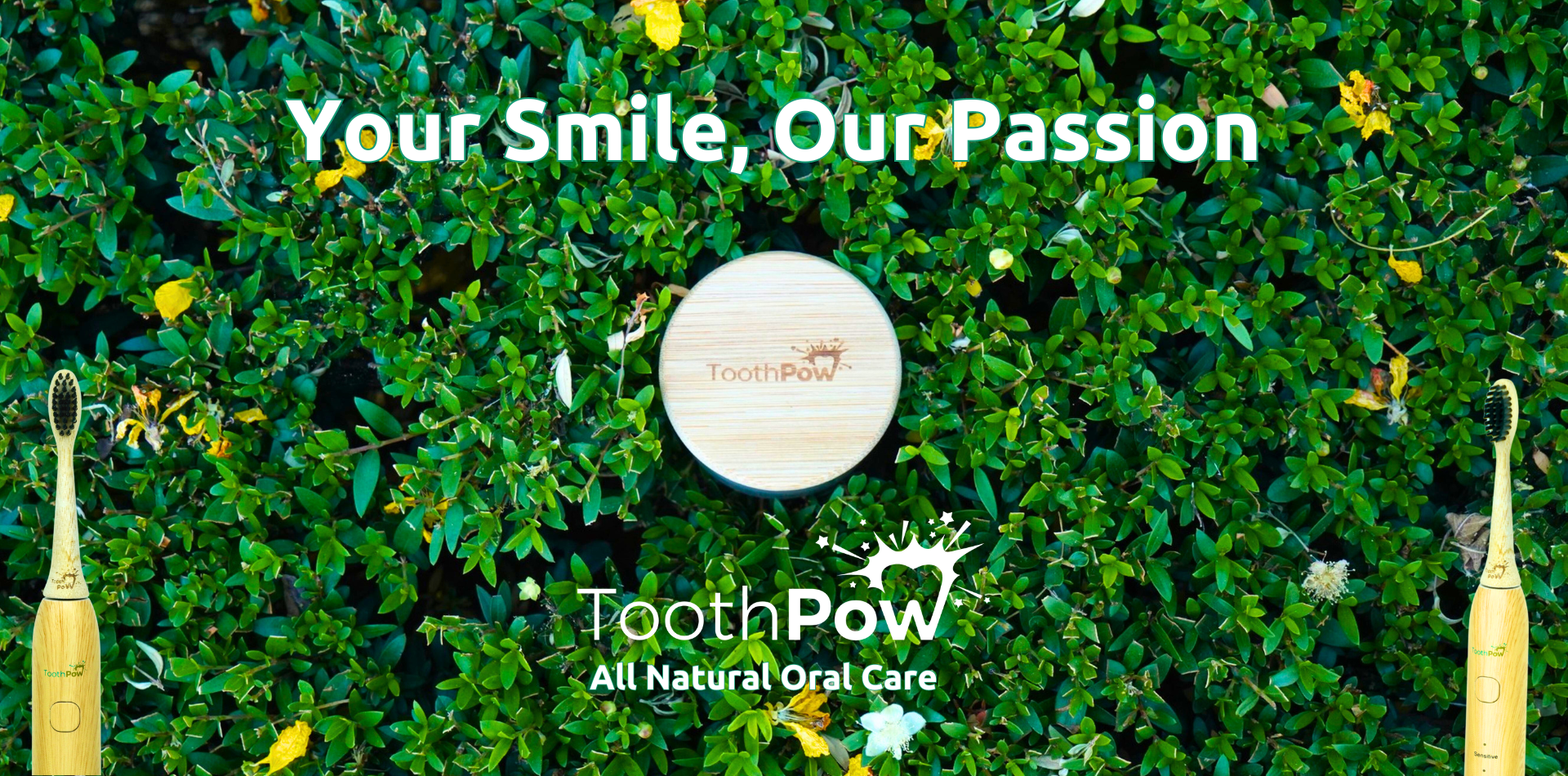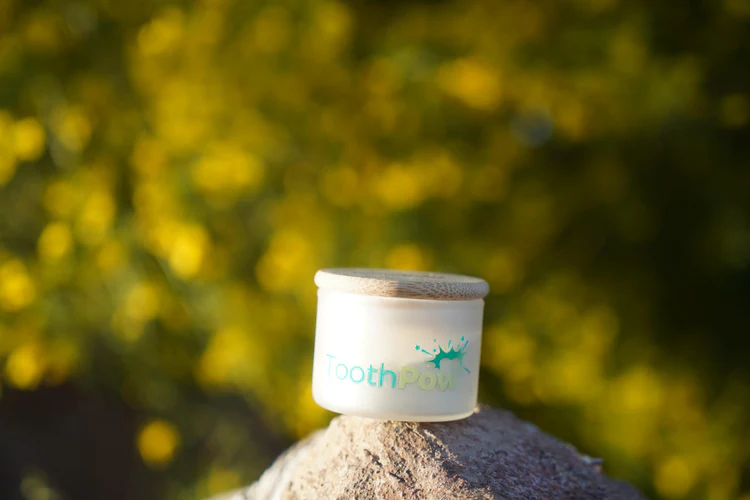Choosing the right toothpaste can make a significant difference in your oral health. With so many options available, it's essential to understand what ingredients and features to look for based on your specific dental needs. In this guide, we’ll help you navigate through the various choices to find the toothpaste that's best for you, focusing on fluoride-free options to maintain a natural and holistic approach to oral care.
1. Identify Your Dental Needs
Your choice of toothpaste should address your specific dental concerns. Here are some common issues and the types of toothpaste that can help:
Cavities: Look for toothpaste containing hydroxyapatite, a naturally occurring mineral that helps to strengthen tooth enamel and prevent decay without the use of fluoride.
Sensitivity: If you have sensitive teeth, choose toothpaste designed for sensitivity, which often contains potassium nitrate or arginine to reduce discomfort.
Whitening: For those looking to brighten their smile, whitening toothpaste with mild abrasives like calcium carbonate or baking soda can help remove surface stains.
Gum Health: Toothpaste with natural antibacterial agents such as tea tree oil or neem can help reduce plaque and prevent gingivitis.
Tartar Control: To prevent tartar buildup, consider toothpaste containing zinc citrate or plant-based enzymes.
2. Check the Ingredients
Understanding toothpaste ingredients is crucial for making an informed choice. Here are some key components to look out for:
Hydroxyapatite: This mineral naturally strengthens enamel and helps prevent cavities, serving as an effective alternative to fluoride.
Abrasives: Mild abrasives such as hydrated silica, calcium carbonate, or baking soda help clean teeth and remove stains without damaging enamel.
Humectants: Ingredients like glycerin, xylitol, or sorbitol keep the toothpaste from drying out and help maintain moisture.
Detergents: Sodium lauryl sulfate (SLS) creates foam but can be irritating for some. Look for SLS-free options if you have sensitive gums or mouth ulcers.
Flavoring Agents: Natural flavors like mint oil, spearmint oil, or cinnamon provide a refreshing taste. Avoid artificial sweeteners and flavors if you prefer a more natural product.
-
Preservatives: Natural preservatives like sodium benzoate or essential oils ensure the toothpaste remains effective without harmful chemicals.

3. Consider Natural and Organic Options
For those interested in a more holistic approach, natural and organic toothpastes offer an excellent alternative. These products typically avoid synthetic ingredients and focus on natural components like:
Clay-based: Clays like bentonite or kaolin can gently clean and detoxify the mouth, providing a natural source of minerals.
Essential Oils: Oils such as peppermint, spearmint, or tea tree provide natural antibacterial properties and freshen breath.
Herbal Extracts: Ingredients like neem, aloe vera, or green tea can help soothe gums, reduce inflammation, and maintain oral health.
Plant Enzymes: Enzymes from fruits like papaya or pineapple can help break down plaque and prevent tartar buildup naturally.
4. Evaluate Eco-Friendly Packaging
Choosing toothpaste with eco-friendly packaging can reduce your environmental impact. Look for brands that use:
Recyclable Tubes: Some brands offer toothpaste in recyclable or biodegradable tubes, minimizing plastic waste.
Glass Jars: Toothpaste in glass jars reduces plastic waste and can often be refilled or repurposed.
Minimal Packaging: Products with minimal packaging help cut down on waste and often reflect a brand’s commitment to sustainability.
5. Read Reviews and Recommendations
Customer reviews and expert recommendations can provide valuable insights into the effectiveness and quality of different toothpaste brands. Look for feedback on:
Taste and Texture: These can affect your willingness to use the product regularly. Ensure the taste is pleasant and the texture is smooth and not overly abrasive.
Efficacy: Ensure the toothpaste delivers on its promises, whether it's whitening, sensitivity relief, or cavity prevention.
-
Ethical Practices: Brands that prioritize ethical sourcing, cruelty-free practices, and sustainable production methods often produce higher quality products. Look for certifications like organic, non-GMO, or cruelty-free labels.

6. Consider Your Lifestyle and Values
Your choice of toothpaste can also reflect your lifestyle and values. Here are a few aspects to consider:
Vegan and Cruelty-Free: If you prioritize animal welfare, look for vegan and cruelty-free toothpastes that do not contain animal-derived ingredients and are not tested on animals.
Sustainable Practices: Support brands that implement sustainable practices in their production processes, such as using renewable energy, reducing water usage, and supporting fair trade.
Local and Small Businesses: Consider supporting local and small businesses that often emphasize quality over quantity and contribute to the local economy.
7. Try Samples Before Committing
If you're uncertain about which toothpaste to choose, consider trying samples or travel-sized versions before committing to a full-sized product. This allows you to test the taste, texture, and effectiveness without investing in a product that may not suit your needs.
Conclusion
Selecting the right toothpaste for your dental health involves understanding your specific needs, checking ingredients, considering natural and eco-friendly options, and reviewing feedback from other users. By taking these factors into account, you can find a toothpaste that not only maintains your oral health but also aligns with your values and preferences.
Remember, your choice of toothpaste is a key part of your daily oral care routine. Make an informed decision to ensure you keep your smile healthy and bright while supporting natural and sustainable practices.

